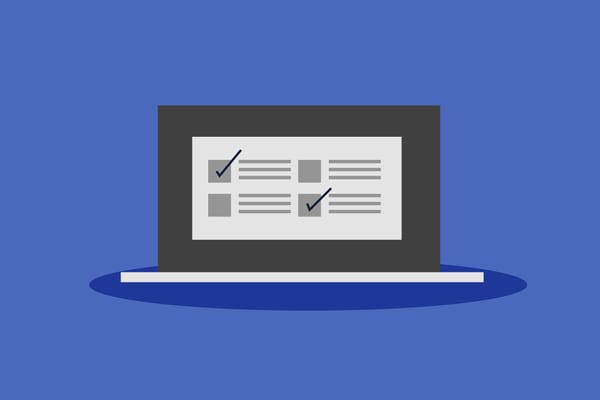UK cyber breaches report: 94% of businesses fail to change passwords after a breach. How does this affect you?

The cyber breaches report by the UK government released in April 2023 sheds light on a concerning issue - most businesses don’t change passwords after a breach. The report shows that since their most disruptive breach or attack of the last 12 months, only 6% of businesses and 4% of charities updated passwords.
Also, only 9% of businesses and 6% of charities installed, changed or updated antivirus or anti-malware software. Other businesses focus on additional staff training or communications as the primary measure (19% of businesses and 28% of charities). Although raising employee awareness is important, not taking immediate cybersecurity measures leaves them (and their clients – you, when this is the case) vulnerable to further attacks and data breaches in the future.
What are your options?
When a company storing your data suffers a breach, your digital identity is exposed. You may (or not) be informed about the incident, so having a prevention plan in force is the best option to protect your data and digital identity.
You can’t influence the poor password security of companies storing your data, but you can take measures on your own to control your privacy because breaches can lead to identity theft, loss of money and reputation.
Here is what a breach plan looks like:
#1 Change all your passwords regularly, and immediately after an incident. If you don’t use a Password Manager, consider getting one. Thus, you can be sure your online accounts are secured with the strongest passwords possible without you having to memorize or write them down. Also, set up two-factor authentication on your accounts.
#2 If you believe financial details have been exposed or notice suspicious activity in your bank accounts, contact your bank or credit card provider to notify them.
#3 If your social media accounts have been hacked, contact your connections to warn them of any messages the attackers may have sent impersonating you.
#4 Be aware and cautious of any strange emails or calls you receive. They may be phishing attempts or hackers trying to get even more data from you.
#5 Get online identity monitoring service - Digital Identity Protection.
You can use it as a prevention tool to check on your digital footprint, or after you were involved in a breach to mitigate risks.
In case of past incidents:
Check your Identity Protection Score for a 360-degree view of your online identity. This is a feature of the Digital Identity Protection service, a number calculated based on the analysis of your data breach exposure, including the number of data breaches you’re linked to and the type of information compromised. The higher the score, the lower your risks of new data breaches and attacks on your identity.
Visualize your personalized risk map to make sense of all breach events linked to you. You can easily assess the potential impact of a data breach and take the best corrective actions. For example, if your personalized risk map is in the green, you don’t need to take any additional actions -- just remain vigilant, as you should always do online.
Moderate risks are tagged in orange and pink. If your risk levels are in this section, it means you need to check all security events, while critical risks (in the pink and red sections) mean that you should immediately change passwords and monitor for any signs of identity theft.
In case of future incidents:
Digital Identity Protection alerts you immediately when your data is exposed in a breach. It scans millions of websites and monitors the underground networks to check if your information is leaked on the Dark Web. You receive notifications about the event, details about your data, and easy, 1-click action items to minimize risks.
tags
Author
Cristina is a freelance writer and a mother of two living in Denmark. Her 15 years experience in communication includes developing content for tv, online, mobile apps, and a chatbot.
View all postsRight now Top posts
How to Protect Your WhatsApp from Hackers and Scammers – 8 Key Settings and Best Practices
April 03, 2025
Outpacing Cyberthreats: Bitdefender Together with Scuderia Ferrari HP in 2025
March 12, 2025
Streamjacking Scams On YouTube Leverage CS2 Pro Player Championships to Defraud Gamers
February 20, 2025
How to Identify and Protect Yourself from Gaming Laptop Scams
February 11, 2025
FOLLOW US ON SOCIAL MEDIA
You might also like
Bookmarks







